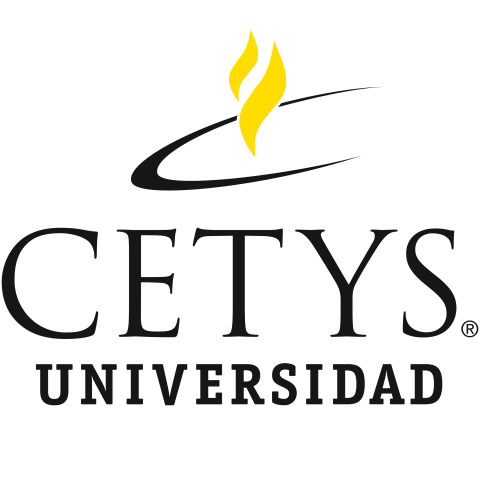
A guide to crafting better research funding proposals
You may also like
One of the most demanding aspects of university work is obtaining financial support. We experienced this first-hand when leading the creation of Mexico’s first wine research centre. Federal and state governments granted us initial funding through a competitive call for proposals. Among our commitments for this project was the development of a new building to house laboratories, continuing education and academic research.
Too often, teams dedicate months of effort to proposals only to discover they do not align with institutional priorities – or worse, that the institution cannot legally accept the funding. To avoid this, communicate your goals early, and carefully review your institution’s guidelines to determine which types of awards – grants, contracts, sponsorships or donations – are acceptable, as well as the conditions regarding direct and indirect costs. Proposals that reflect institutional priorities are far more likely to receive both internal support and external approval.
Diversify funding sources
Another crucial step in our process was engaging with the wine sector to create consensus around the centre’s objectives. This strategy positioned us to seek additional donations once government funding ended, since it covered only about one-third of the total project budget. Ultimately, contributions from the wine sector accounted for a substantial share of the overall cost.
Create a pre-proposal
Once you have identified potential funders, the next challenge is to present your initiative in a way that is both compliant and compelling. Avoid weakening proposals with overly technical jargon or unresolved internal disagreements.
Developing a pre-proposal can be an effective first step. Structured like a project charter, it outlines objectives, milestones, involved parties and budget requirements. Draft this collaboratively to keep teams aligned and avoid surprises later in the process. This also enhances coherence and positions the final proposal for greater success.
- How to lose a grant in 10 ways
- Devolved research funding in universities – a counter-narrative
- A guide to writing grant proposals
Align people, processes and purpose
For the wine research centre, our planning extended well beyond technical details such as the building’s layout and laboratory equipment. We also needed to design its academic programmes and assess financial viability at every stage of its development. This required the expertise of a multidisciplinary team and regular consultations with university leadership. One recurring challenge was aligning the goals of academic staff with those of the administration. Without alignment, resources risk being allocated inefficiently. A well-rounded team with complementary skills will be able to demonstrate to funders that the project has both vision and capacity to succeed.
Leveraging institutional and professional networks can further enhance proposal quality. There is an abundance of expertise in this environment. Internal research councils, impact offices and centres of excellence often provide templates, case precedents and valuable guidance. Engaging colleagues across departments, schools or professional associations also yields constructive feedback on clarity, feasibility and compliance. Such peer review not only improves competitiveness but also reflects the spirit of collaboration funders often value.
Embrace feedback and continuous improvement
Although the wine research centre is now operational (and still the subject of continuing funding efforts), not all of our projects have advanced throughout the years. Rejections are part of the process. In those cases, constructive feedback can inform revisions and strengthen future proposals. Sometimes, the issue lies not with the proposal’s quality but with the funder’s interests and even tastes. When this occurs, teams must decide whether to seek alternative funding sources or adapt the project to align better with available opportunities.
Over time, experience refines the ability to craft stronger proposals and identify viable strategies. Success comes from continuously building the team’s capacity to navigate the process and effectively communicate the value of their work. Importantly, even rejected proposals can have institutional benefits: they strengthen organisational knowledge of funding processes and establish a culture of resilience and persistence.
Successful proposals depend on preparation, teamwork and alignment with institutional goals. By leveraging networks, embracing feedback and committing to continuous improvement, universities can transform their funding challenges into opportunities for growth. Even when proposals are not awarded, the lessons learned build long-term institutional capacity. Ultimately, the process itself strengthens both teams and institutions, laying the foundation for future success.
Eduardo A. Durazo-Watanabe is an academic coordinator and Mayer Cabrera-Flores is the director of the INNSIGNIA Research Institute, both at CETYS University.
If you would like advice and insight from academics and university staff delivered directly to your inbox each week, sign up for the Campus newsletter.




